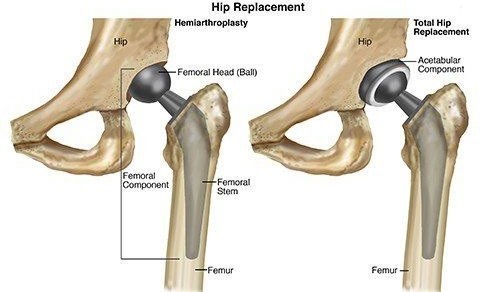A nurse is caring for a client who has a spinal cord injury. The nurse suspects that the client has autonomic dysreflexia. Which of the following actions should the nurse take first?
Raise the head of the bed.
Check the client for a fecal impaction.
Check the client's bladder for distention.
Ensure the room temperature is warm.
The Correct Answer is A
If a nurse is caring for a client who has a spinal cord injury and suspects that the client has autonomic dysreflexia, the first action the nurse should take is to raise the head of the bed. This can help to lower the client's blood pressure and reduce the risk of complications such as stroke.
b. Checking the client for a fecal impaction is an important step in identifying and treating the underlying cause of autonomic dysreflexia, but it is not the first action the nurse should take.
c. Checking the client's bladder for distention is an important step in identifying and treating the underlying cause of autonomic dysreflexia, but it is not the first action the nurse should take.
d. Ensuring that the room temperature is warm is not a priority intervention for a client who has autonomic dysreflexia.
Nursing Test Bank
Naxlex Comprehensive Predictor Exams
Related Questions
Correct Answer is C
Explanation
An appropriate action to prevent hip dislocation in a client who is postoperative following a total hip arthroplasty is to place a wedge pillow between the legs. This helps to maintain proper alignment and prevent the legs from crossing or adducting, which can cause hip dislocation.
Placing a trochanter roll against the thigh, placing a sandbag on the lateral calf, and placing a footboard on the bed are not appropriate actions to prevent hip dislocation in this situation. A trochanter roll is used to prevent the external rotation of the hip. A sandbag to the lateral calf can help prevent foot drop. A footboard can help prevent plantar flexion contractures.

Correct Answer is C
Explanation
The nurse should instruct the family to not let the client engage in strenuous activities for 1 week following a minor head injury. This can help prevent further injury and allow the client to rest and recover.
Applying heat to the area of swelling for the first 48 hr, repeatedly asking the client questions to check for orientation, and encouraging the client to sleep for the first 24 hr are not appropriate instructions for the nurse to include in this situation. Applying heat can increase swelling and inflammation. Repeatedly asking the client questions can be disorienting and confusing. Encouraging the client to sleep for the first 24 hr is not necessary and could interfere with monitoring the client's condition.
Whether you are a student looking to ace your exams or a practicing nurse seeking to enhance your expertise , our nursing education contents will empower you with the confidence and competence to make a difference in the lives of patients and become a respected leader in the healthcare field.
Visit Naxlex, invest in your future and unlock endless possibilities with our unparalleled nursing education contents today
Report Wrong Answer on the Current Question
Do you disagree with the answer? If yes, what is your expected answer? Explain.
Kindly be descriptive with the issue you are facing.
